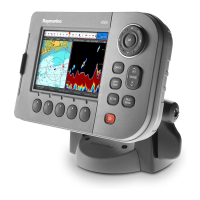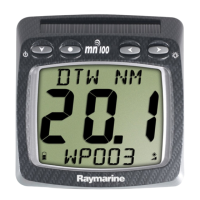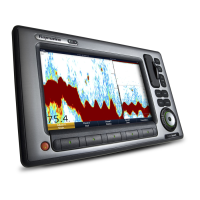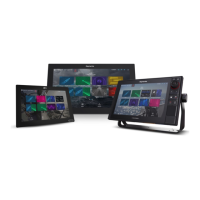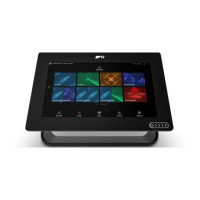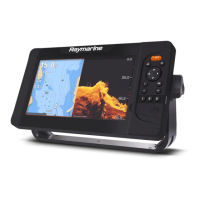What to do if Raymarine gS Monitor radar bearing is incorrect?
- AAngel ParksSep 15, 2025
If the bearing of a target on the Raymarine Monitor radar screen is incorrect, check and adjust the radar bearing alignment. The radar bearing alignment likely requires correction.






